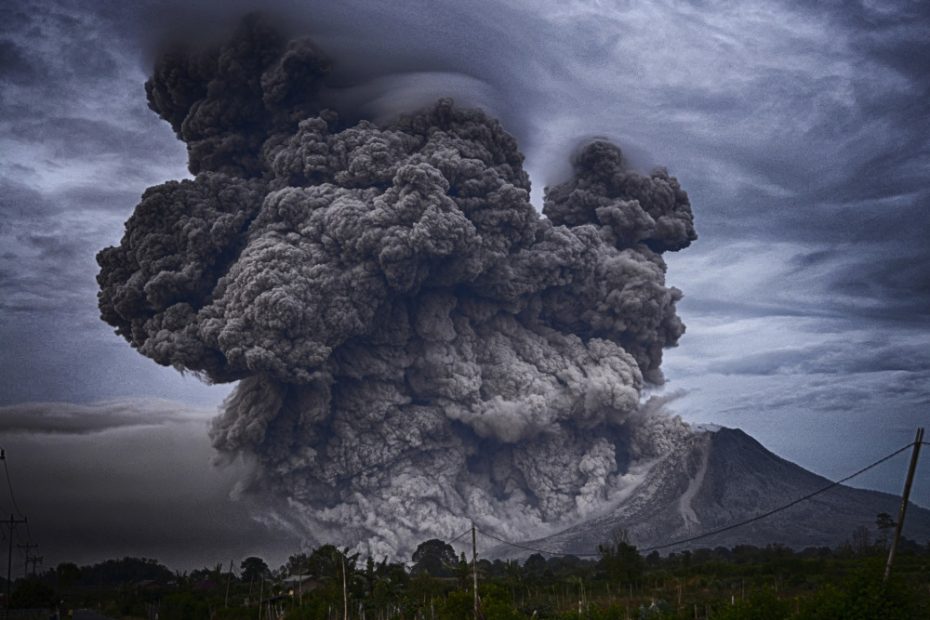When considering disaster prepping, the narrative spin often pushes those, who choose to be better prepared than the rest (or at least think so) towards the more extreme doomsday preppers.
What can happen?
While there certainly are crazy (and dangerous) people that call themselves doomsday preppers, there are genuine reasons for emergency prepping. Or would anybody sane seriously think it is a stupid idea to have certain measures in place in case of an earthquake or tsunami?
Evacuations because of Tsunami warnings do happen relatively often in certain areas, and there are evacuation maps and plans for all cities that are threatened by a Tsunami risk. Many people will have evacuation plans (and likely some form of emergency bag) in place for such an event, especially after the devastating 2011 Japan earthquake.
Certain parts of New Zealand are not a stranger to power outages. While the power companies mostly do an amazing job at restoring power within a few hours sometimes power outages can last for days. Imagine all that juicy venison that you shot the other weekend go bad in the freezer, just because you didn’t have a generator and a jerry can full of fuel?
Also, nearly all western governments officially recommend having a few weeks’ worth of food at home at all times. Also, imagine yourself talking to your grand or great-grandmother and ask her how much food she had stored back in the day when she was young. I remember my grandmother having a full year’s supply of apples in her basement. It was completely normal to have jams, marmalades and other pickled stuff in the shelves as well. Everybody still had at least a small garden patch, and grew some vegetables.
Now that we have established that some form of emergency prepping is a sensible thing (and why else would you be here) let’s make a few general considerations.
Prepping for a local, regional or global event?
Luckily most disasters that are more probable to happen will be local or regional events. That means that it will only influence parts of a country or district. Local infrastructure might be hit hard, but further away it will still be intact and working. Local emergency responders will likely be completely overwhelmed but additional resources will start pouring into the area. Also, you can expect law and order to continue. However even if an event is localized, if it hits an area that is very remote, it still might take a long time for help to arrive.
Generally speaking, the more localized an event takes place, the more probable it is for a sense of normality to come back relatively quick. That of course does not mean that its after effects might not be felt for a long time.
Travel during disaster
That means that if you are in the one spot where the disaster struck the hardest at least there will be other safe places to go. It might even be the best option to do so. People that live in areas that are prone to harsh weather phenomena like hurricanes will likely be used to this. However, if a lot of people suddenly decide they want to flee somewhere else there might be heavy traffic and a lot of delays. Also, roads might become damaged or blocked during a disaster. So, if you consider fleeing do so ahead of everybody else and know your escape and alternative routes.
Disasters striking a whole country, continent or even globally can be much more severe and long lasting. Help might not be coming for a long time (or not at all). Even if there is help incoming, they might not reach your particular location for quite some time. There will be many other places where they are needed. Government response will be severely impaired or taken out completely.
When dealing with a more widespread disaster your options of moving somewhere else might be limited as “everywhere” might be hit alike. However even with a global event there will be areas that are less severely hit than others. Which is exactly the point of prepared people living in remote rural areas self-sufficiently.
Prepping for short disruption or long-lasting event?
The duration of a disaster will greatly influence its severity and how disruptive it will be to our daily lives. The tricky part is that at the beginning of an event you might not know for how long it is going to take until things become normal again.
Short termed disruptions like a minor power outage, even to the unprepared will not be the “end of the world”. People will not run out of food and “life” will resume pretty quickly. Especially if people know that it’s only a short-term disruption everything should remain calm.
If the disaster or its after effects are more long lasting however things might look different. At the beginning people might still believe that everything will be back to normal soon (“normalcy bias”). Depending on what is happening this belief alone will get people in danger. As time progresses and things don’t go back to normal the situation will deteriorate. People will run out of supplies, be cold and sick and more importantly fearful, angry and frustrated. Being on the street will become more and more dangerous as violence, crime and looting become more common.
Its generally a good idea to hunker down. This can be either at home or another location and stay low for a few weeks. Eventually people will get used to the situation and new routines will emerge. It might still be dangerous on the street but this “new normal” will at least give some certainty. Things might slowly improve or worsen from there, depending on the circumstances.
These are my personal general considerations for my prepping. If you have any other ideas leave a comment.
